View all Standards for California VAPA Standards (2001)
1.1 Development of the Vocabulary of Theatre - Use the vocabulary of theatre, such as acting values, style, genre, design, and theme, to describe theatrical experiences
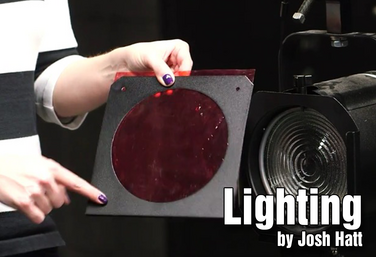
Part of the Technical Theatre Mini Units Curriculum
Lighting
by Josh Hatt
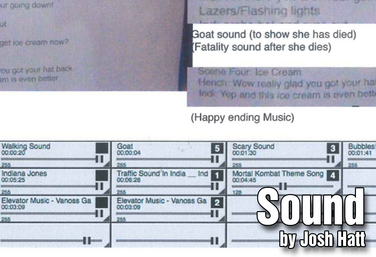
Part of the Technical Theatre Mini Units Curriculum
Sound
by Josh Hatt
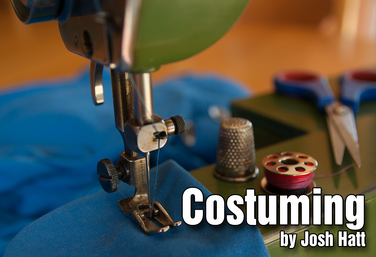
Part of the Technical Theatre Mini Units Curriculum
Costuming
by Josh Hatt
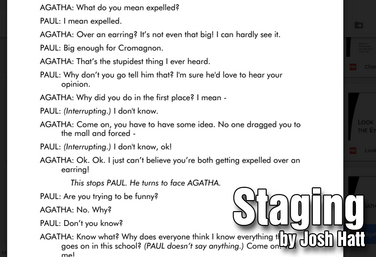
Part of the Technical Theatre Mini Units Curriculum
Staging
by Josh Hatt

Part of the Technical Theatre Mini Units Curriculum
Free Play Makeup
by Josh Hatt
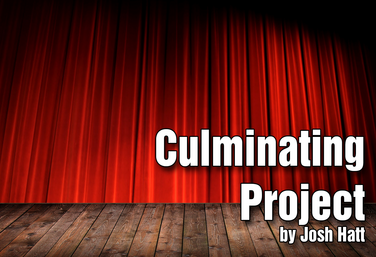
Part of the Technical Theatre Mini Units Curriculum
Culminating Project
by Josh Hatt
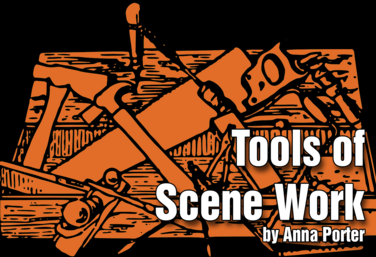
Tools of Scene Work
by Anna Porter
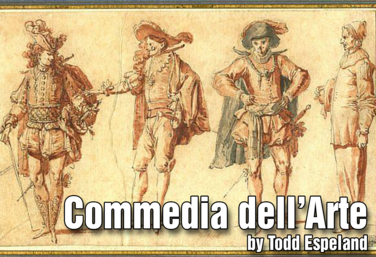
Commedia dell'Arte
by Todd Espeland
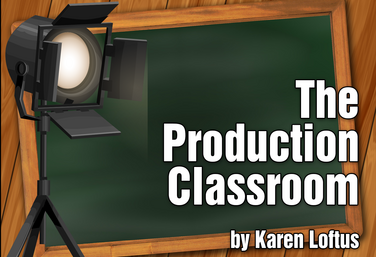
Part of the Production Classroom Units Curriculum
Production Classroom Units Overview
by Karen Loftus

Part of the Production Classroom Units Curriculum
Part One - Pre-Production
by Karen Loftus

Part of the Production Classroom Units Curriculum
Part Two - Rehearsal and Performance
by Karen Loftus

Part of the Production Classroom Units Curriculum
Part Two - Documents
by Karen Loftus

Part of the Production Classroom Units Curriculum
Part Three - Reflection and Assessment
by Karen Loftus
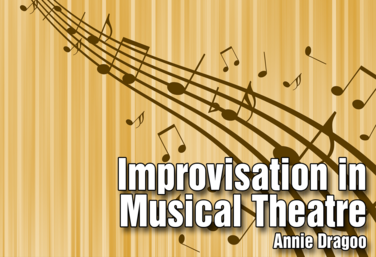
Improvisation in Musical Theatre
by Annie Dragoo
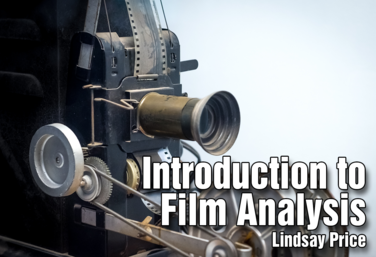
Introduction to Film Analysis: Mise en scène
by Lindsay Price
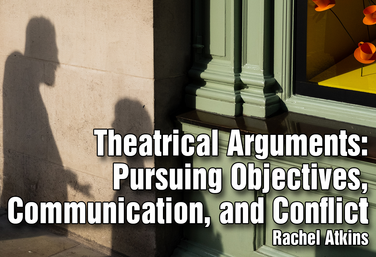.png)
Theatrical Arguments: Pursuing Objectives, Communication, and Conflict
by Rachel Atkins
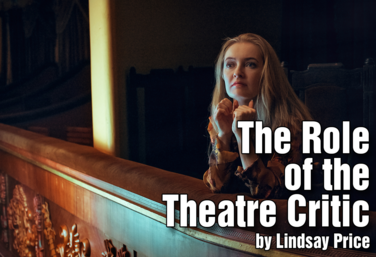
The Role of the Theatre Critic
by Lindsay Price
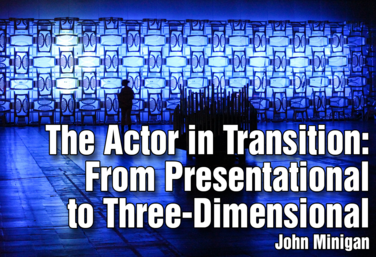
The Actor in Transition: From Presentational to Three-Dimensional
by John Minigan
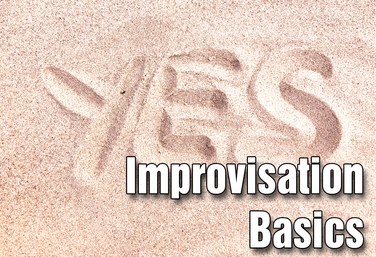
Part of the Middle School Curriculum
Unit Two: Improvisation Basics
by Lindsay Johnson
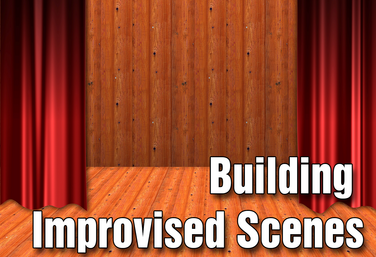
Part of the Middle School Curriculum
Unit Three: Building Improvised Scenes
by Lindsay Johnson
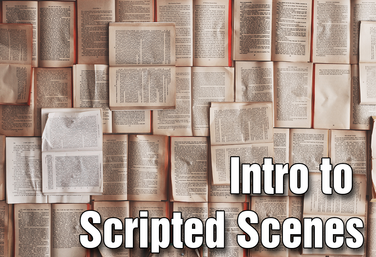
Part of the Middle School Curriculum
Unit Four: Intro to Scripted Scenes
by Lindsay Johnson

Part of the Stagecraft Without a Theatre Curriculum
Introduction to Theatre Production
by Karen Loftus
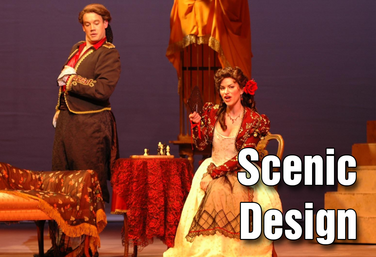
Part of the Stagecraft Without a Theatre Curriculum
Scenic Design
by Karen Loftus

Part of the Stagecraft Without a Theatre Curriculum
Sound
by Karen Loftus and Josh Hatt

Part of the Stagecraft Without a Theatre Curriculum
Costume Design
by Holly Beardsley, Karen Loftus, and Josh Hatt
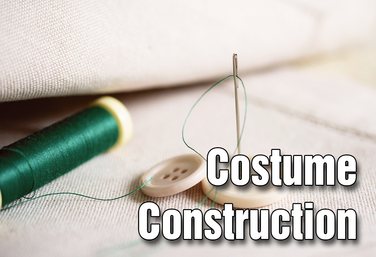
Part of the Stagecraft Without a Theatre Curriculum
Costume Construction
by Karen Loftus

Part of the Stagecraft Without a Theatre Curriculum
Culminating Project
by Karen Loftus

Part of the Stagecraft Without a Theatre Curriculum
Make-Up Design
by Karen Loftus and Josh Hatt
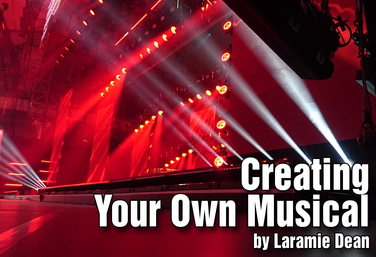
Creating Your Own Musical
by Laramie Dean
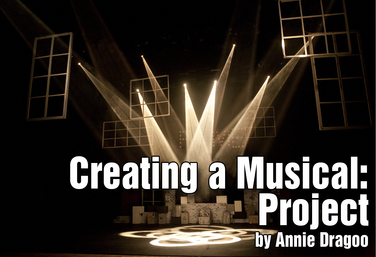
Creating a Musical: Project
by Annie Dragoo
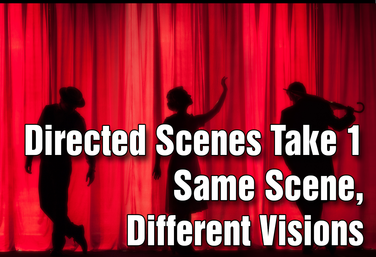
Part of the Middle School Curriculum
Unit Six: Directed Scenes Take 1: Same Scene, Different Visions
by Lindsay Johnson
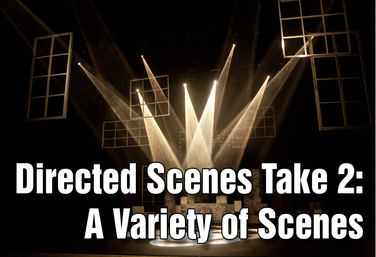
Part of the Middle School Curriculum
Unit Seven: Directed Scenes Take 2: A Variety of Scenes
by Lindsay Johnson
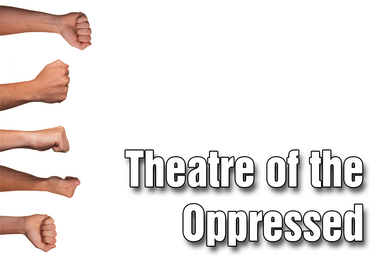
Part of the Middle School Curriculum
Unit Eight: Theatre of the Oppressed
by Lindsay Johnson
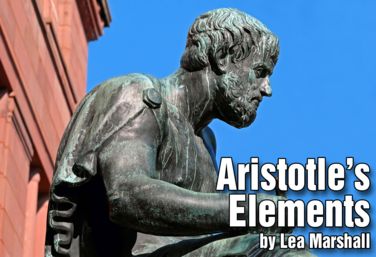
Aristotle's Elements
by Lea Marshall
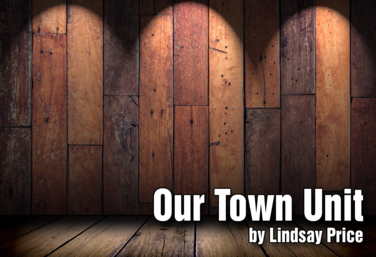
Our Town Unit
by Lindsay Price

Part of the Distance Learning Curriculum
What is Theatre?
by Lindsay Price and Karen Loftus
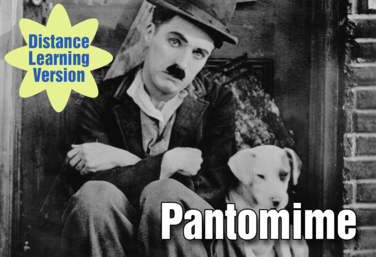
Part of the Distance Learning Curriculum
Pantomime
by Lindsay Price and Karen Loftus
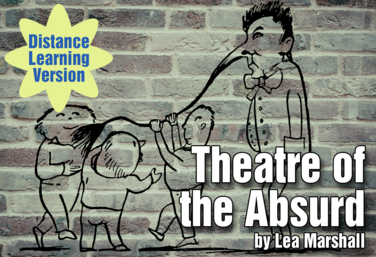.png)
Part of the Distance Learning Curriculum
Theatre of the Absurd
by Lea Marshall
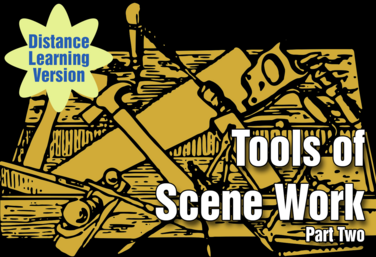
Part of the Distance Learning Curriculum
Scene Work: Part 2, Student Self Staging
by Lindsay Price
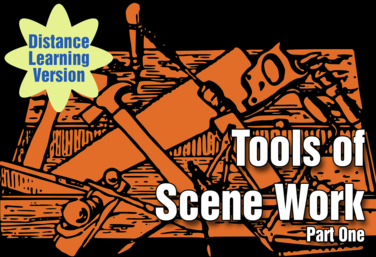
Part of the Distance Learning Curriculum
Scene Work: Part 1, Tools of Scene Work
by Lindsay Price
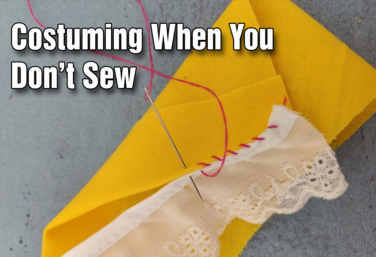
Tech Theatre Unit: Costuming When You Don't Sew
by Drama Teacher Academy
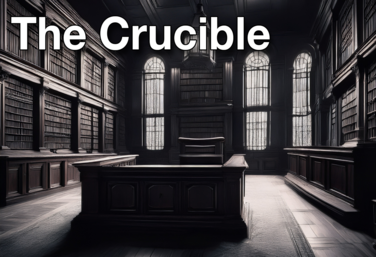
The Crucible Unit
by Lindsay Price
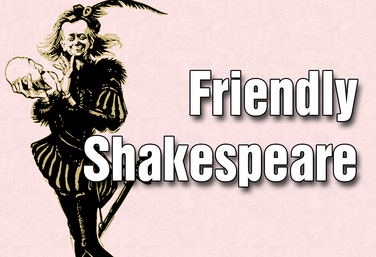
Friendly Shakespeare
by Todd Espeland
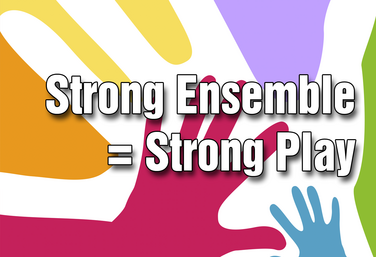
Strong Ensemble = Strong Play
by Craig Mason

The Do-it-All Director's Introduction to Costuming
by Holly Beardsley

Close Reading in the Drama Classroom
by Lindsay Price
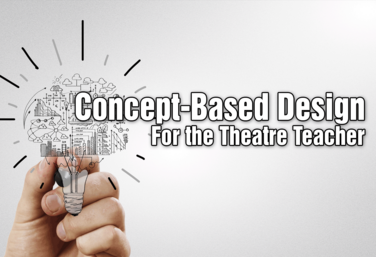
Concept-Based Design for the Theatre Teacher
by Matt Webster
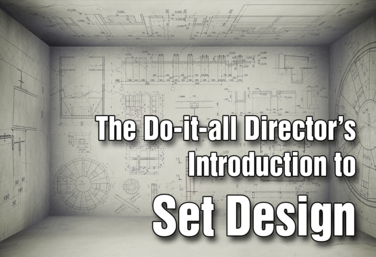
The Do-it-All Director's Introduction to Set Design
by Holly Beardsley
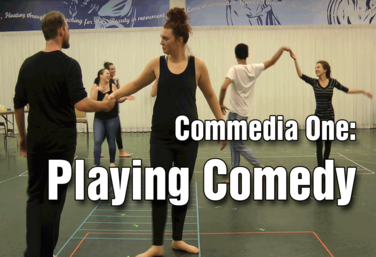
Commedia I: Playing Comedy
by Todd Espeland
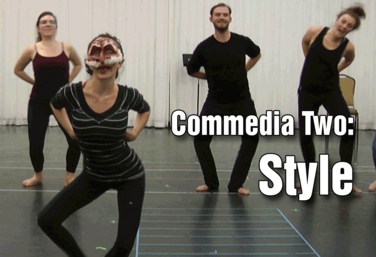
Commedia II: Style
by Todd Espeland
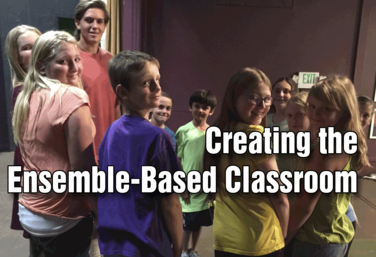
Creating the Ensemble-Based Classroom
by Gai Jones
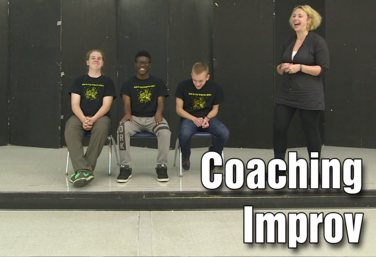
Coaching Improv
by Jennine Profeta
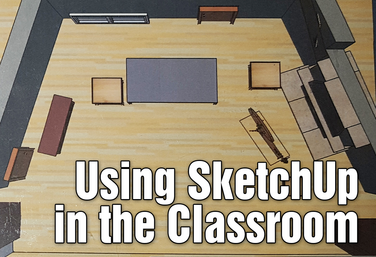
Using SketchUp in the Classroom
by Ray Palasz

The Production Classroom
by Karen Loftus
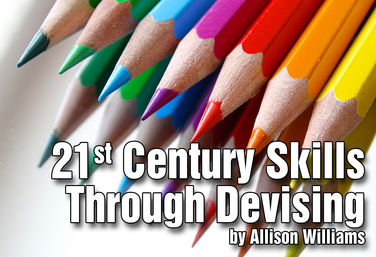
21st Century Skills Through Devising
by Allison Williams
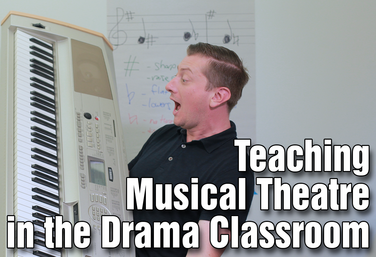
Teaching Musical Theatre in the Drama Classroom
by Colin Oliver
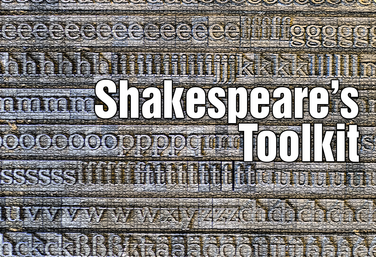.png)
Shakespeare's Toolkit
by Todd Espeland
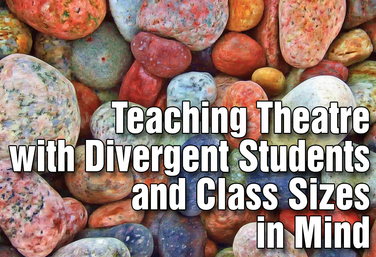
Teaching Theatre with Divergent Students and Class Sizes in Mind
by Steven Stack
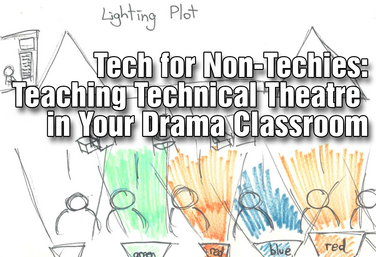
Tech for Non-Techies: Teaching Technical Theatre in Your Drama Classroom
by Josh Hatt

Marketing the Arts
by James Van Leishout
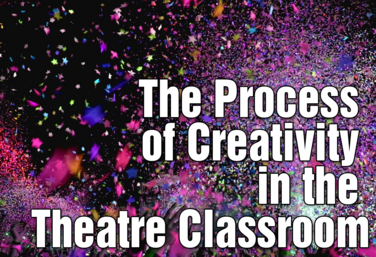
The Process of Creativity in the Theatre Classroom
by Gai Jones
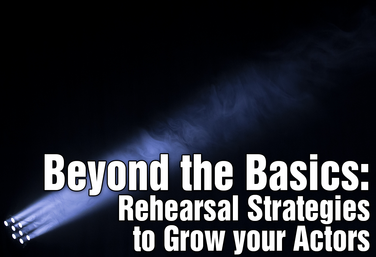
Beyond the Basics: Rehearsal Strategies to Grow Your Actors
by Julie Hartley
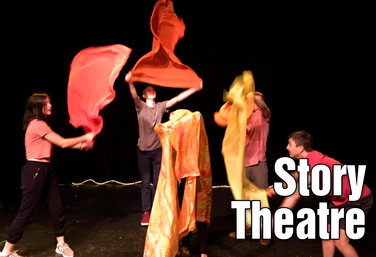
Story Theatre
by Matt Webster
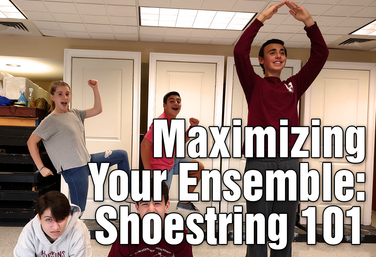
Maximizing Your Ensemble: Shoestring 101
by Michael Calderone

Director's Toolbox 2: Teaching Students to Direct
by James Van Leishout
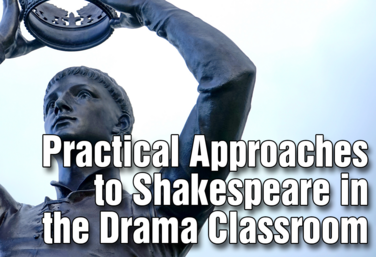
Practical Approaches to Shakespeare in the Drama Classroom
by Julie Hartley
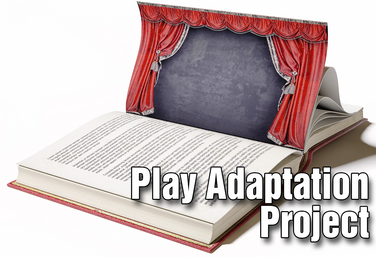
Play Adaptation Project
by Lindsay Price
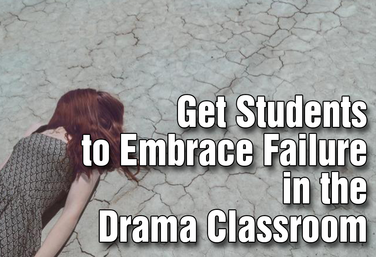
Get Students to Embrace Failure in the Drama Classroom
by Lindsay Price

Impowerment Improv
by Jennine Profeta
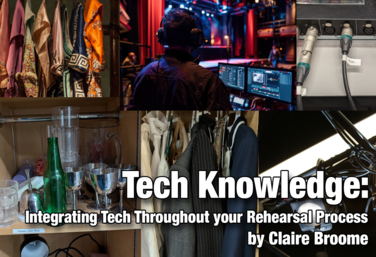
Tech Knowledge: Integrating Tech Throughout Your Rehearsal Process
by Claire Broome
View all Standards for California VAPA Standards (2001) Standards Master List